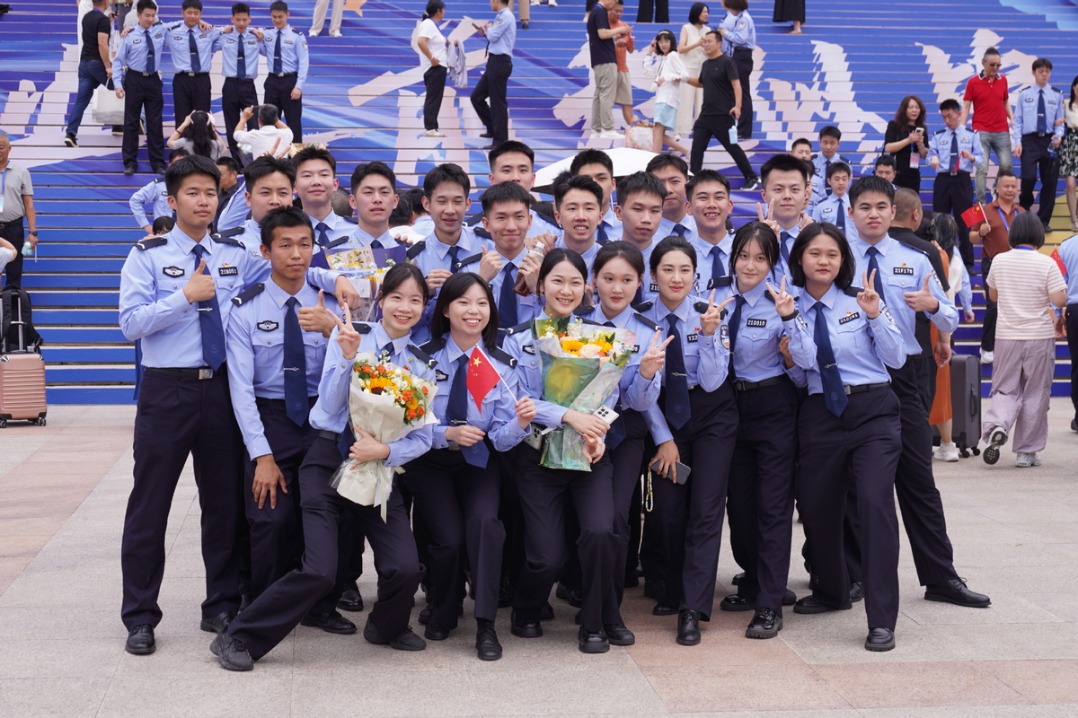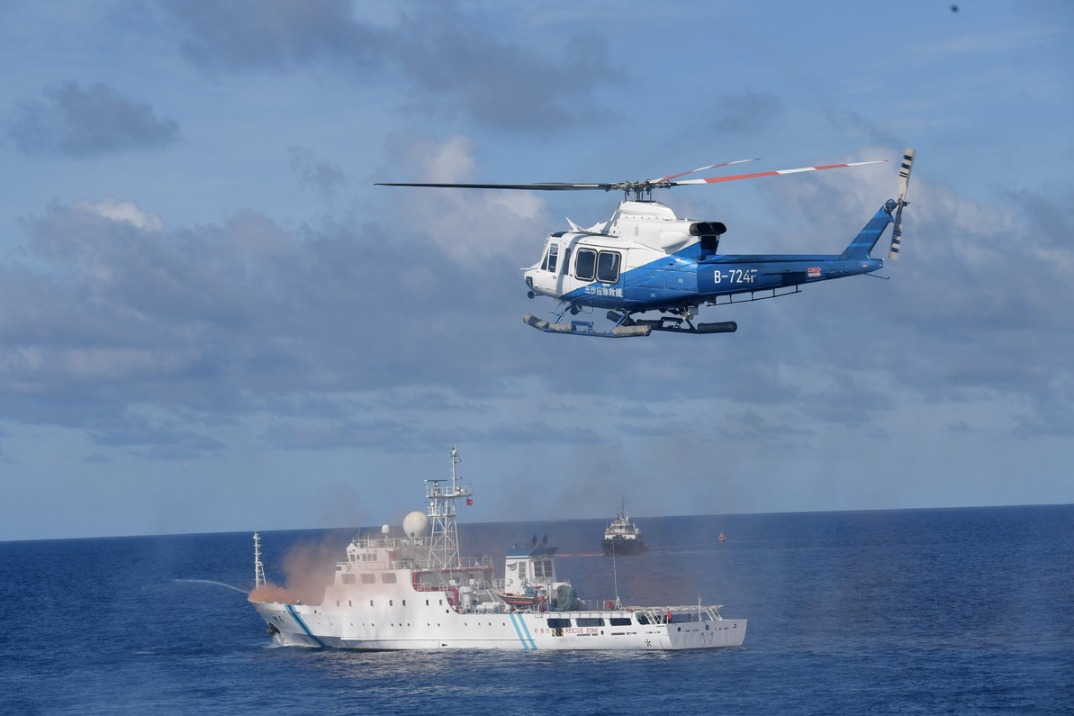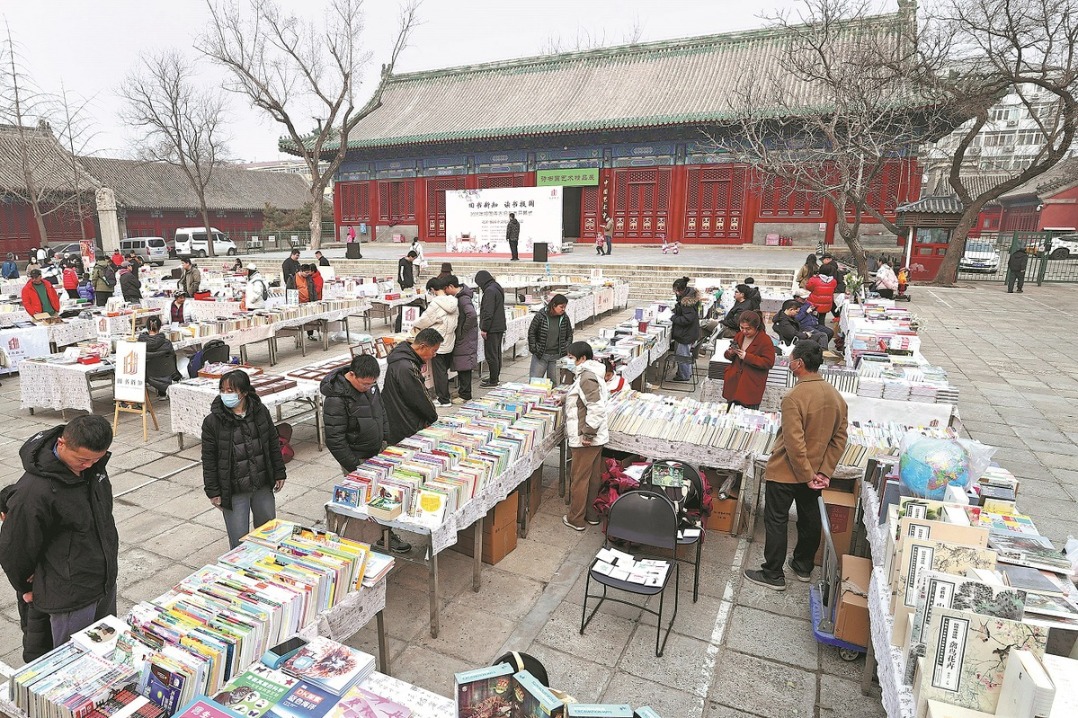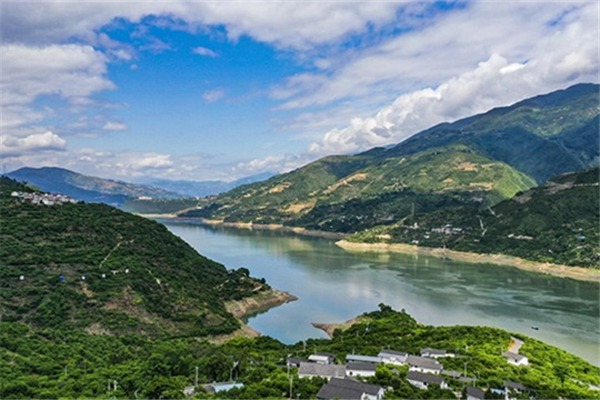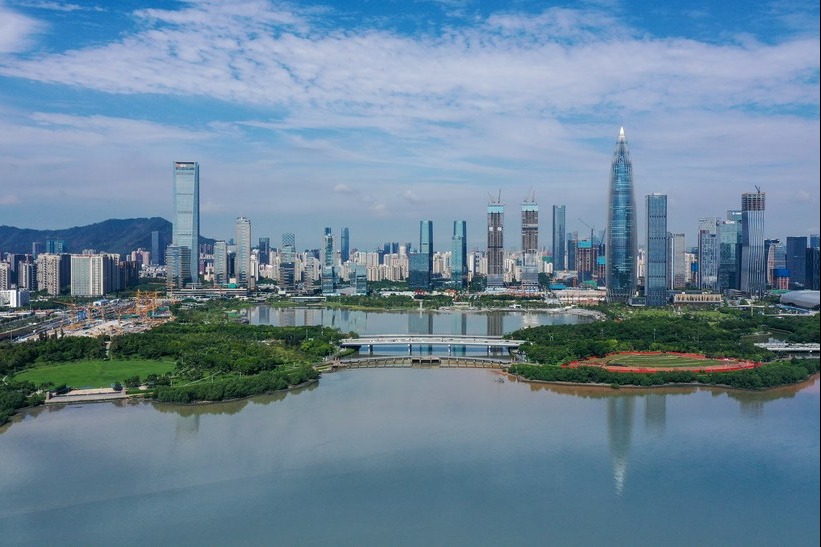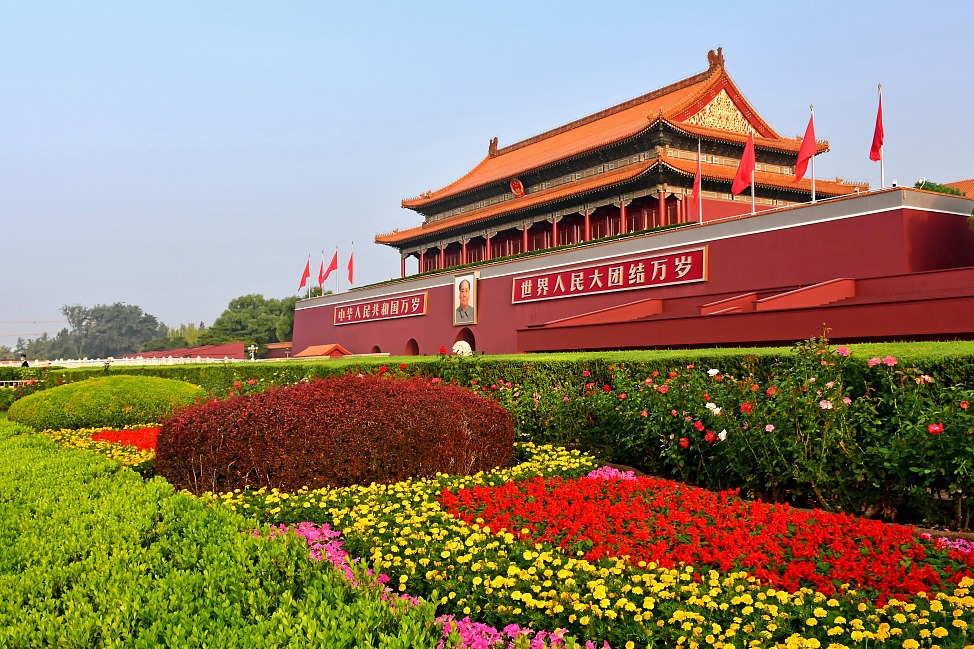Shipping sector goes greener with new energy sources

China is rapidly adopting new energy technologies in inland waterway shipping sector to align navigation practices with environmental concerns by transitioning vessels to liquefied natural gas, battery, methanol and hydrogen fuel power sources, a senior transport official said on Friday.
"China's new energy and clean energy vessels are holding their own against global benchmarks. Among these, electric vessels are predominantly utilized in China, leading global position in terms of scale and technology," said Fu Xuyin, vice-minister of the Ministry of Transport at a news conference held in Beijing.
According to Fu, as of the end of last year, China boasts of more than 1,000 ships using alternative power sources and fuels along inland waterways. Among them, more than 600 were LNG-powered vessels, primarily used for inland waterway transport, and 485 were battery-powered vessels, mainly for inland passenger services.
"It has become the new trend of developing maritime in a greener and low-carbon way by energy transformation," Fu said.
For example, last year, electricity consumption by vessels while docking along the Yangtze River Economic Belt reached an amount that was four times the highest annual number during the 13th Five-Year Plan period (2016-20).
"That resulted in a reduction of 133,000 metric tons of carbon dioxide emissions, protecting the Yangtze River," Fu said.
According to the ministry, China's inland freight volume hit 4.95 billion metric tons last year, 2.2 times that of 2012, underscoring the nation's dedication to eco-friendly shipping practices.
The push for transitioning to new energy sources will continue in ports, vessels and waterways, Fu said.
The country will promote battery-powered technology for small and medium-sized vessels engaged in short-distance transport operations. For larger vessels involved in medium to long-distance transport on inland waterways, the country encourages the adoption of LNG and methanol power technologies, he added.
Stronger facilities to refuel new energy and clean energy vessels are expected, he said.
Near-zero carbon terminals along inland waterways will be promoted, with ports encouraged to harness energy sources like wind and solar power.
Port machinery and transportation tools inside ports will adopt more new energy and clean energy sources, alongside a focus on using railways and new energy trucks for bulk cargo transport, he added.
















